When it’s too Hot to Mow Your Lawn!
A healthy lawn provides you and your family with a green, lush and welcoming environment. However, when temperatures rise and the harsh summer sun beats down on your lawn, the ...

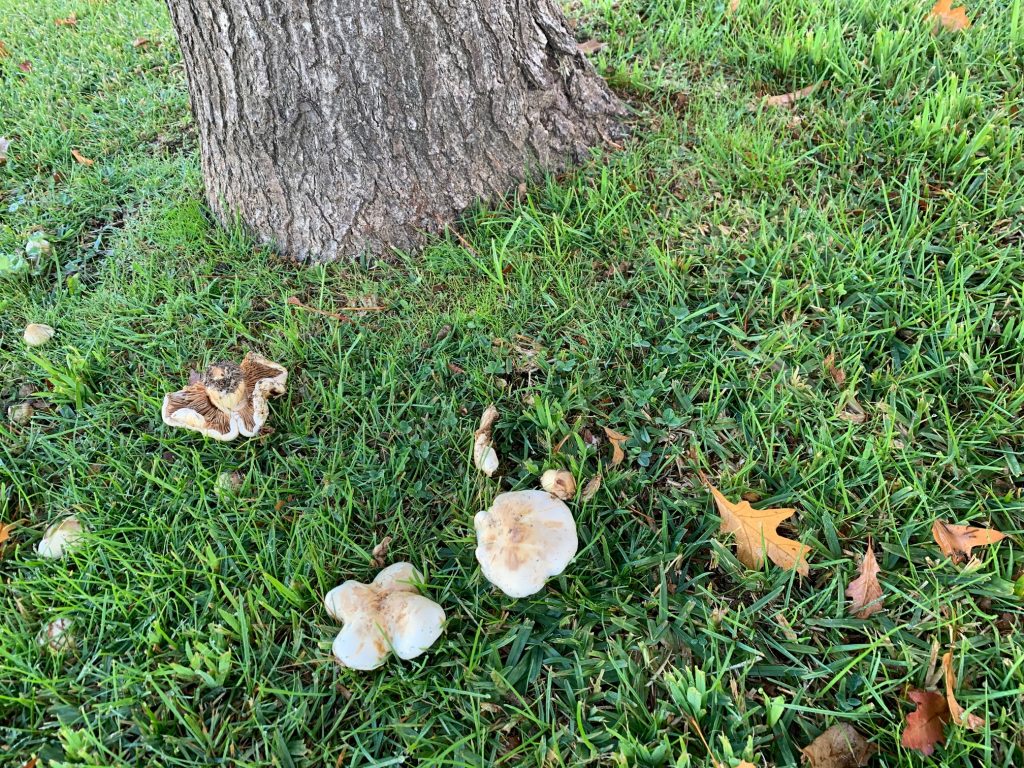 Mushrooms are a clear sign of beneficial microbes at work in your lawn, which is all part of your lawn’s ecosystem.
Mushrooms are a clear sign of beneficial microbes at work in your lawn, which is all part of your lawn’s ecosystem.
In fact, mushrooms and toadstools are the reproductive part of a type of fungi that lives in the soil.
For much of the time, these fungal structures remain hidden underground, breaking down organic material in your lawn – a very good thing!
When the conditions are right (moist, damp, shady and/or humid), mushrooms shoot through from the underground structures and appear in your lawn.
The reasons mushrooms and toadstools spread so rapidly is thanks to their airborne spores which propagate widely.
It is important to note that myhomeTURF will explain why and how to control mushrooms in your lawn but does not advocate eating them at all!
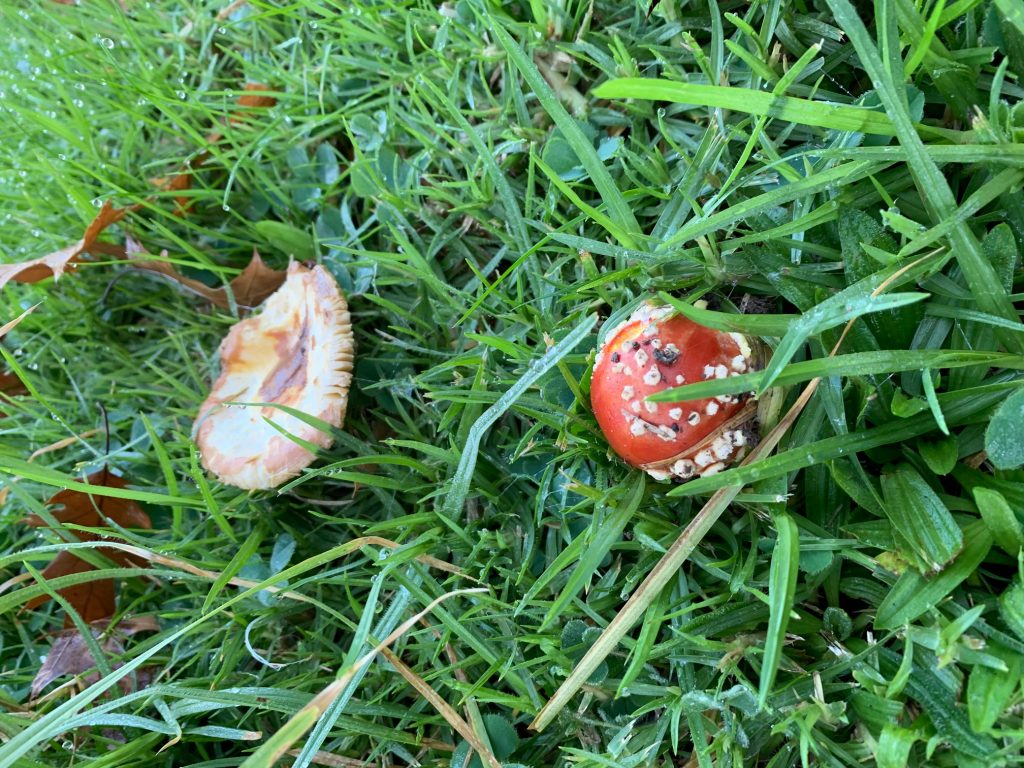
Fungi such as mushrooms and toadstools thrive in the following conditions:
Mushrooms thrive in moist environments, and often appear after rain or in areas with poor drainage.
Mushrooms love shady environments and areas that are protected from good air flow, such as the damp, boggy corner of your lawn or garden.
Grass clippings, leaves, thatch, old mulch, compost, wood, and animal waste often thrive in your lawn, providing a perfect environment for mushroom growth.
Warm, humid weather provides just the right conditions for mushroom and toadstool growth – especially in your lawn.
 Mushrooms and toadstools aren’t actually harmful to your lawn, in fact, they can be quite beneficial.
Mushrooms and toadstools aren’t actually harmful to your lawn, in fact, they can be quite beneficial.
It’s important to distinguish between fungi such as mushrooms and toadstools and fungal lawn diseases.
Fungal lawn diseases can damage the grass in your lawn; whereas mushrooms and toadstools assist with the breakdown of organic matter in your lawn – making the soil richer and full of nutrients.
The extensive root structure of mushrooms can also help the soil retain water – good news in Australia’s often-dry conditions.
The undercarriage or mushrooms and toadstools (of the fungi) in your lawn mean they can remain dormant in your soil for years, before coming to life when the conditions are right.
The top part of the fungus that can be seen – the mushroom or toadstool head – is only a small part of the fungus, and usually only lasts a few days.
Think of the mushroom like an apple on a tree – you can pick the apple, but that doesn’t remove the tree at all.
The underground structure of the fungus can often be so large that you will never be able to find all of it and dig it out of your lawn.
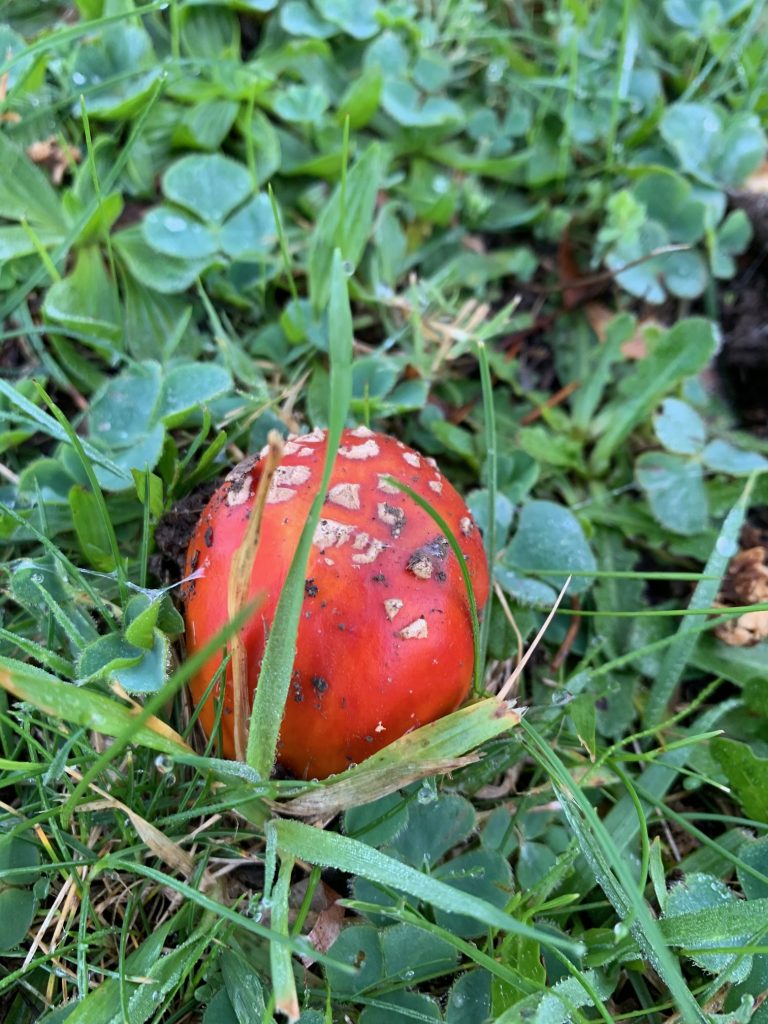
Eradicating the fungal structures completely from your lawn is generally not feasible but you can make the lawn an unattractive place for fungi to grow.
Here is a list of hints that will help with your mushroom problems.
If you regularly find mushrooms growing in certain areas of your lawn, then check to see if they are overly shady.
Sunshine helps control mushrooms and toadstools, as they much prefer to grow in the shade.
Trim back trees or shrubs that are overhanging the lawn, or thin out the branches to allow more sunlight through, this will also allow more air to circulate in problem areas.
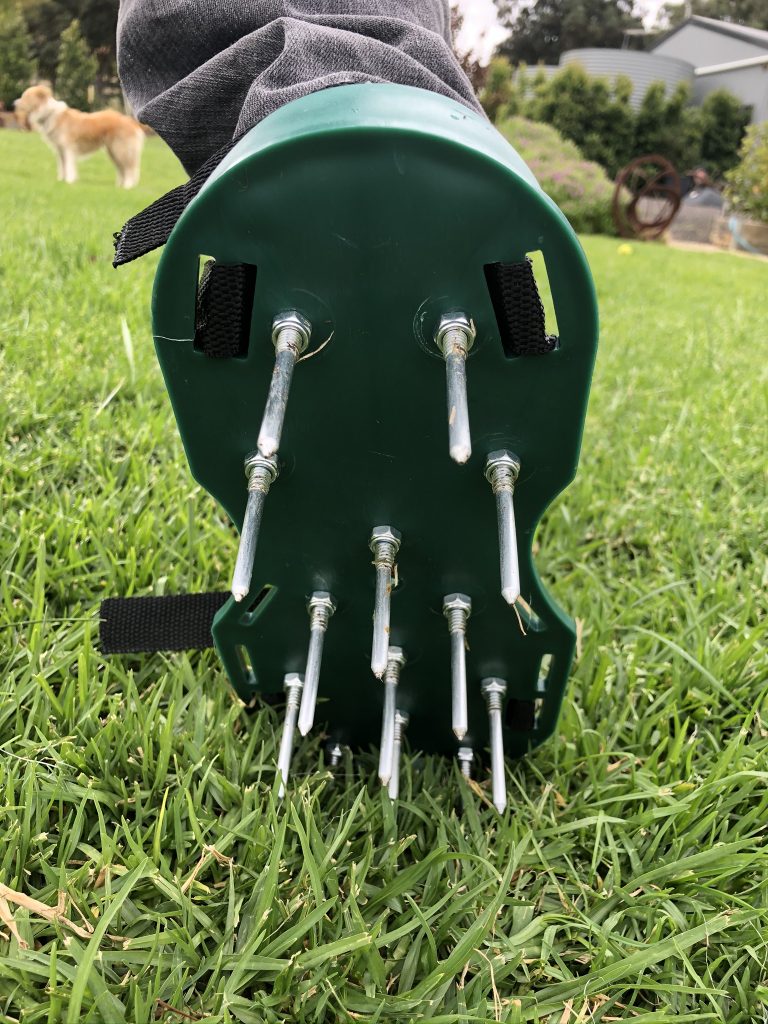 If your lawn often has standing water or remains damp after rain your soil might be compacted.
If your lawn often has standing water or remains damp after rain your soil might be compacted.
Compacted soil can cause moisture build-up in your lawn, leading to the damp, sodden conditions that is ideal for mushrooms growth.
Aerating your lawn will improve drainage problems, allow more oxygen to get to the roots of the grass and decrease the moisture that mushrooms thrive in.
Not sure how to go about aerating your lawn, see our article When should I aerate my lawn?
While new lawns need plenty of water to help them get established, older lawns don’t need to become sodden and drenched regularly.
Excessive watering can encourage mushroom and toadstool growth, particularly if you water late in the evening and allow the water to sit on the grass all night.
Water during the morning to allow the water to absorb and dissipate.
While leaving grass clippings on your lawn can be beneficial in certain circumstances, if you’re having problems with mushrooms limit this practice for a while.
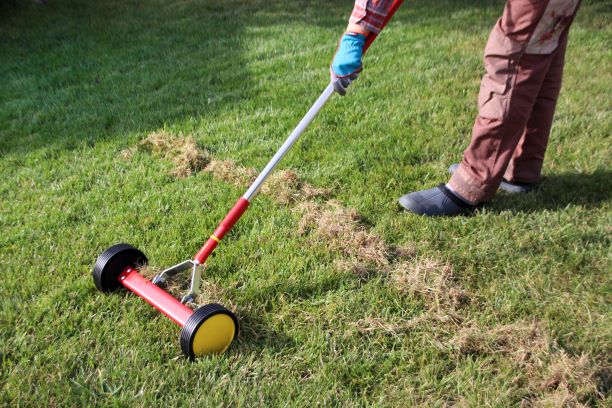
The excessive thatch build- up in your lawn provides a good food source for toadstools and mushrooms as it decays.
If it’s more than half an inch thick, it’s time for a good de-thatching or Controlling Buffalo Thatch with Mowing
Decaying organic matter in and around your lawn will encourage mushrooms and toadstools to grow.
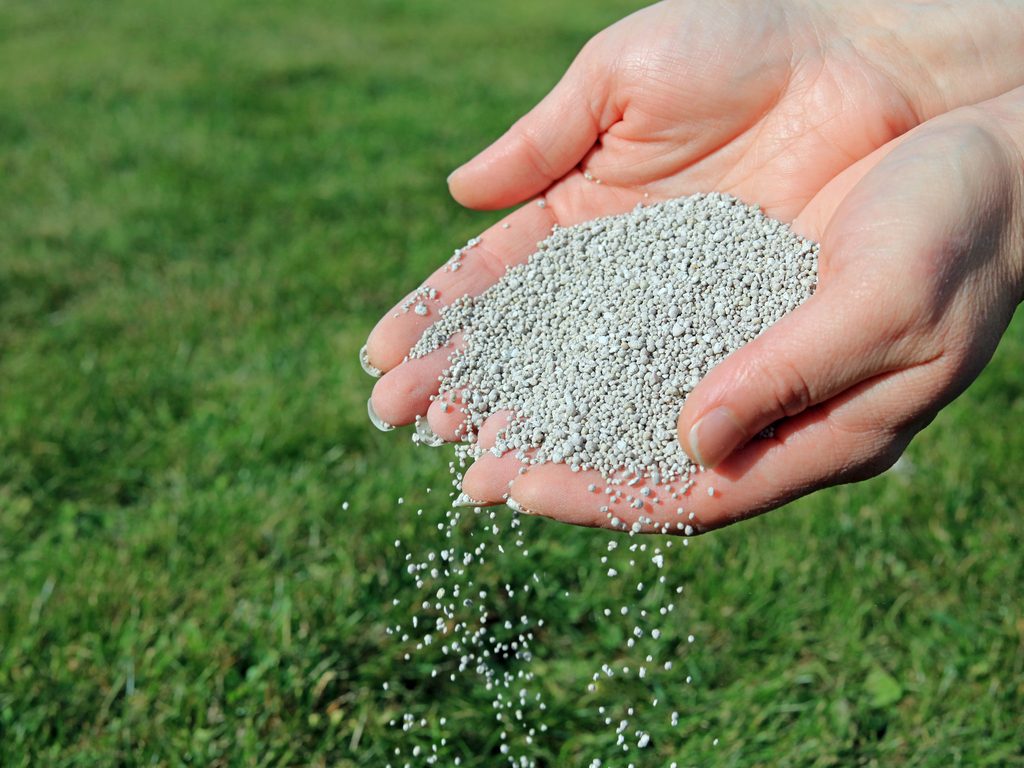 Fertiliser is necessary for a healthy lawn BUT too much can be detrimental.
Fertiliser is necessary for a healthy lawn BUT too much can be detrimental.
Always follow the instructions on the packet and apply only as much as recommended for you specific lawn variety.
More fertiliser may merely be providing extra food for mushrooms – and is not necessarily better.
See our Fertilising in Autumn story for more information. Interested in more Autumn Lawn Care tips?
Animal waste left on the lawn can also encourage mushroom and toadstool growth.
Always clean-up after your pet where possible to reduce the amount of food available for fungal growth.
These are just a rich source of food for mushrooms if left lying on your lawn.
Even if you have removed trees, the rotting roots left underground can encourage mushroom growth.
Remove everything you can, and rake and aerate the area to improve drainage.
Often mushrooms are feeding off debris that is buried underneath your lawn, not the lawn itself.
To find out, dig under a clump of mushrooms and look for any buried plant debris or organic matter.
If you find anything and you can dig it out and replace the lawn – the mushrooms shouldn’t last long.

Wear gardening gloves and pick or brush off the mushrooms and toadstools that are throughout your lawn.
While this won’t prevent them growing back, it will prevent the spores from spreading further across your lawn.
You can also mow off the mushrooms – just make sure you use the collector on your lawnmower, so they don’t remain on the grass.
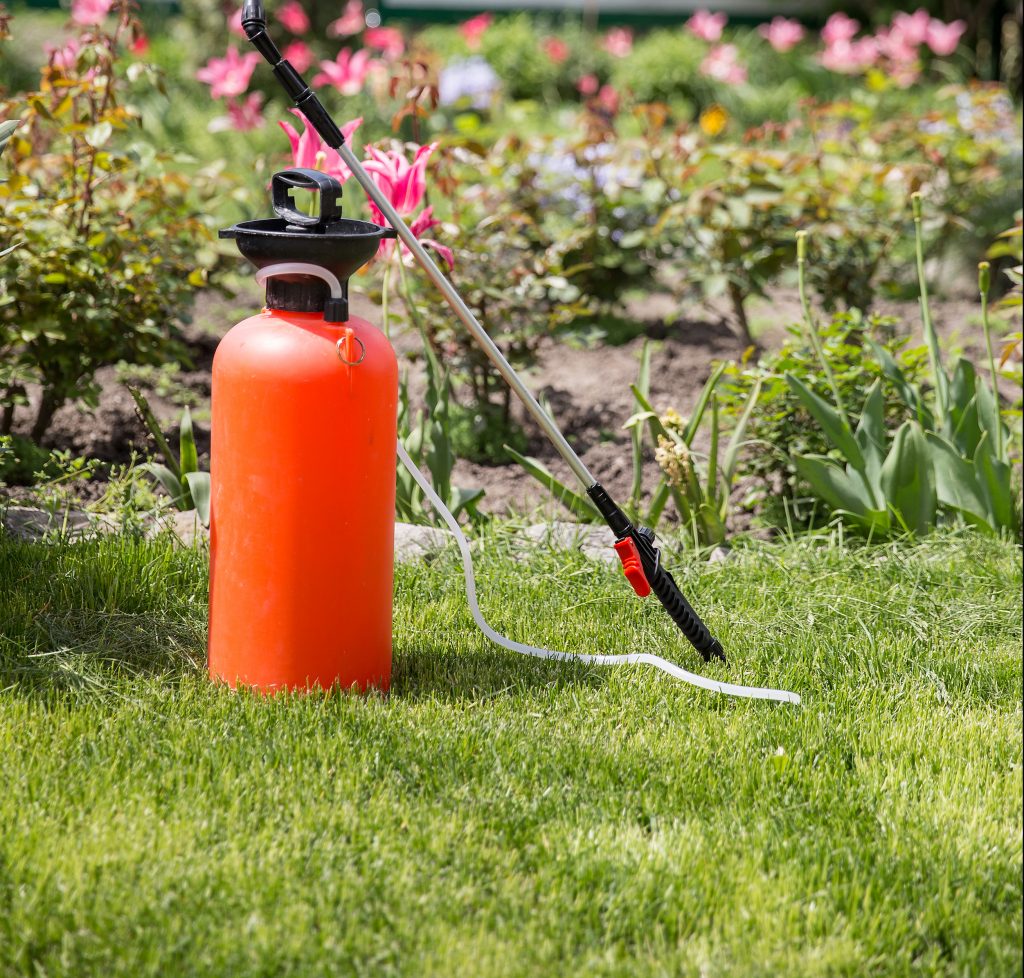
If all else fails, you could try using a fungicide to deal with unwanted mushrooms and toadstools.
However, if you don’t deal with the issues causing them to appear in the first place, there’s a very good chance the mushrooms will just grow back.
In most cases, fungicide will have limited effectiveness on mushrooms and toadstools, so try the above stages first.